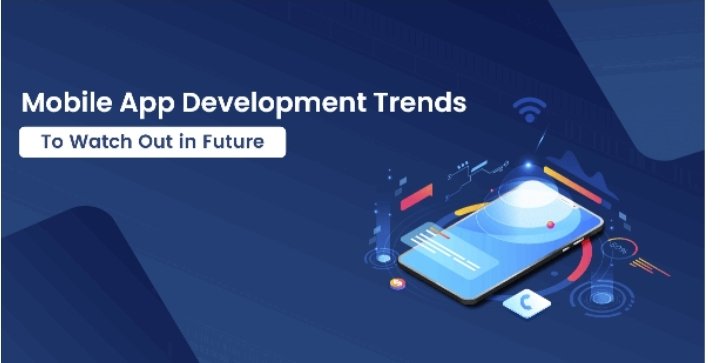In such a competitive mobile app development landscape, mobile apps are reshaped by emerging technologies and changing user demands. In 2024, countless mobile apps will compete to stay ahead of the curve. However, mobile app development is expected to face new challenges in the coming years.
New trends and technologies will significantly evolve speed, relevance, and connectivity in mobile app development. The world will witness a revolutionary change in development methods as new programming languages and emerging technologies birth innovative thinking and strategic development. With the global increase in mobile app revenue, competing with market trends is essential for developers and businesses. Incorporating innovative features in your mobile apps will deliver exceptional user experiences and enable you to stand out.
Let’s examine the top trends in mobile app development that will shape the future of mobile app development in 2024. This article highlights how these trends unlock new opportunities for innovation and growth.
AI Technologies
Using AI technologies in mobile app development is changing the world. AI offers many different models, public APIs, and technologies that secured the top position in the latest trends in mobile app technology.
Technologies like Image Recognition and Predictive Analytics allow mobile apps to offer a more personalized experience. Incorporating these emerging technologies, such as artificial intelligence and machine learning, into mobile app development will enable apps to learn from user behaviour and take action without explicit instruction.
The advanced AI features include face detection, image recognition, speech recognition, and predictive maintenance. Other than these, more innovative AI features are expected to be incorporated into mobile apps in the future.
IoT Integration
IoT integration is about connecting sensors and objects with applications and databases. Once connected, you can implement end-to-end automation to fully use your equipment. Mobile apps with sensors, cameras, and beacons are crucial in analyzing real-time customer data.
IoT secures mobile apps by protecting consumer identities and ensuring data encryption. It allows you to track your weight and daily exercise routine and save it to the cloud for comparison. IoT-based apps enable users to analyze their performance. For example, it can help use wearable technology to track and record digital assets.
AR and VR Integration
Augmented and virtual reality are the two essential features of the metaverse required to unify the physical and virtual environments. The mixed reality world is rising as a future of mobile app development, and many people have attached high expectations to this emerging technology. AR/VR is growing as an interoperable, centralized, and distributed technology that provides a secure and better future.
Augmented Reality and Virtual Reality integration in mobile app development will continue to expand in 2024, ensuring immersive and interactive experiences that blend the digital and physical worlds. AR transforms digital content into the real world, while VR creates virtual environments. Both enhance user engagement and provide innovative solutions across various industries.
Integrating Augmented and Virtual Reality into mobile apps gives businesses a competitive advantage. Companies can provide unique and creative experiences and increase user engagement and satisfaction.
Bottom Line
The above technologies and mobile app development trends are expected to shape the future of this industry. These trends will help create personalized and relevant apps for user needs. Following the emerging trends, the mobile app industry will become the first in terms of investment.
Staying ahead in this competitive world of mobile app development, following the latest trends is crucial for businesses aiming to thrive in 2024. Embracing these emerging technologies can guarantee enhanced user experiences and is a source of driving user engagement.
Furthermore, mobile app development companies should follow these trends while developing their mobile applications, consider customer-oriented approaches, and follow the latest market trends.
